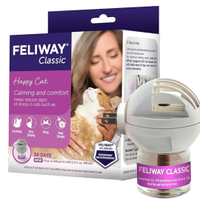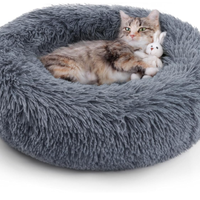How to calm a cat during periods of high anxiety
Looking for tips on how to calm a cat? We’ve got you covered.
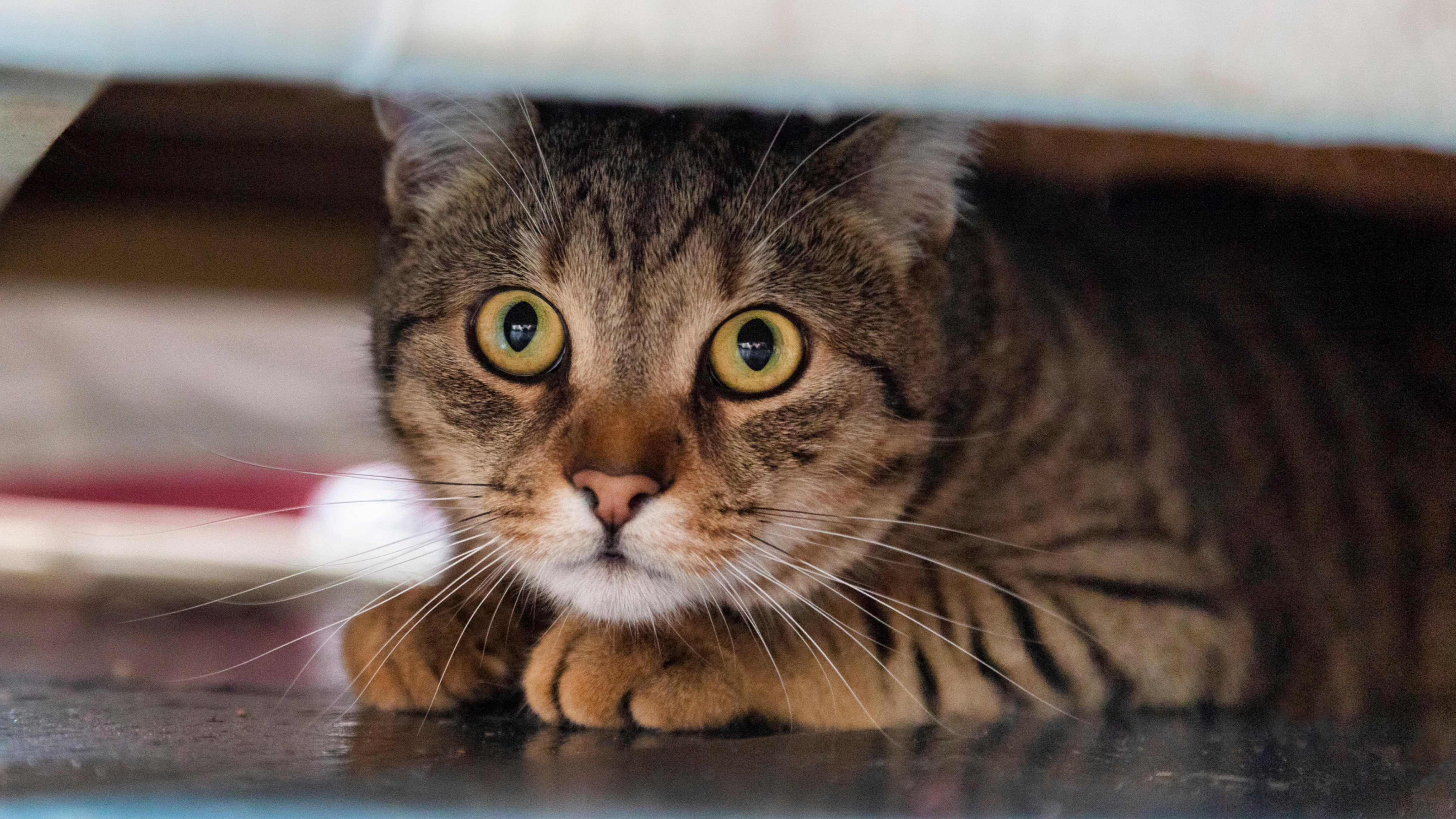
Figuring out how to calm a cat may be at the top of your priority list if your normally relaxed feline friend is showing signs of stress and anxiety. While we often think of cats as being independent and self-contained, they’re actually very sensitive creatures who can easily feel stressed by disruptions to their daily routine.
Anxiety in cats is more common than you might think but the things that trigger stress and the different responses to those stressors will vary from cat to cat. “Some cats get very anxious over seemingly small things, like a new litter box, whereas for others it could take a full house move to trigger them,” explains expert vet Dr. Rebecca MacMillan.
Cats are highly territorial and most do not respond well to changes in their environment. Because of that, it’s important to be aware of the various situations that can cause cats to feel anxious and what you can do to help alleviate some of their stress.
Below, Dr. MacMillan shares the most common causes of anxiety in cats and some simple things you can do to help them feel calm during times of disruption or change. Spoiler alert: time, patience and a few of the best cat treats will be a huge help.
How to calm a cat
The first thing to do is to try and identify the cause of the stress, but this might be easier said than done! Some cats don’t cope well with changes to routine, so if you’re moved house, had someone else move into your house, started a new job or introduced a new pet then that could be the problem.
In other cases, the stress could be temporary and be caused by a specific action such as a vet visit. Below, Dr. MacMillan outlines six of the most common causes of anxiety in cats and how you can help your feline friend feel calmer.
1. Separation anxiety
While separation anxiety in cats may not be as common as it is in dogs, it can still happen — especially for highly human-oriented breeds like the Burmese and Siamese.
"It is important to build your kitty’s confidence up about being left on their own," says Dr. MacMillan. "First check their environment is right, by having enough resources (food, water bowls, etc) and making sure there are loud or scary sounds, like the tumble dryer. You could leave on a radio for some quiet background noise.
When you leave the house, keep it low-key. Don’t make a fuss about the fact you are going out. You should also do the same when you return, keep greetings gentle and calm. You could also try and wear your cat out before you leave them, by encouraging lots of exercise and play. This may mean they are more likely to sleep when you are gone and won’t be pacing around feeling anxious."
2. Anxiety at night
If you've been lying awake at night asking the question 'why is my cat crying?', anxiety may be the cause, but not necessarily.
"If your adult cat is crying at night this could be a sign of an underlying health issue, especially if it is a new behavior. So, get your cat checked over by your vet to be sure," Dr. MacMillan advises.
However, if you have a kitten, excessive meowing may be caused by being away from their mother and littermates.
"Kittens may cry because they are feeling lonely or scared in a new environment away from their mother," confirms Dr. MacMillan. "Provide your kitten with a cuddly toy to cozy up to, as well as a comfy bed. Try ‘feel-good’ calming pheromones in their environment and make sure they have access to water and a litter tray. Try not to reinforce the behavior, by continually returning to your meowing cat, otherwise they will continue to cry for attention."
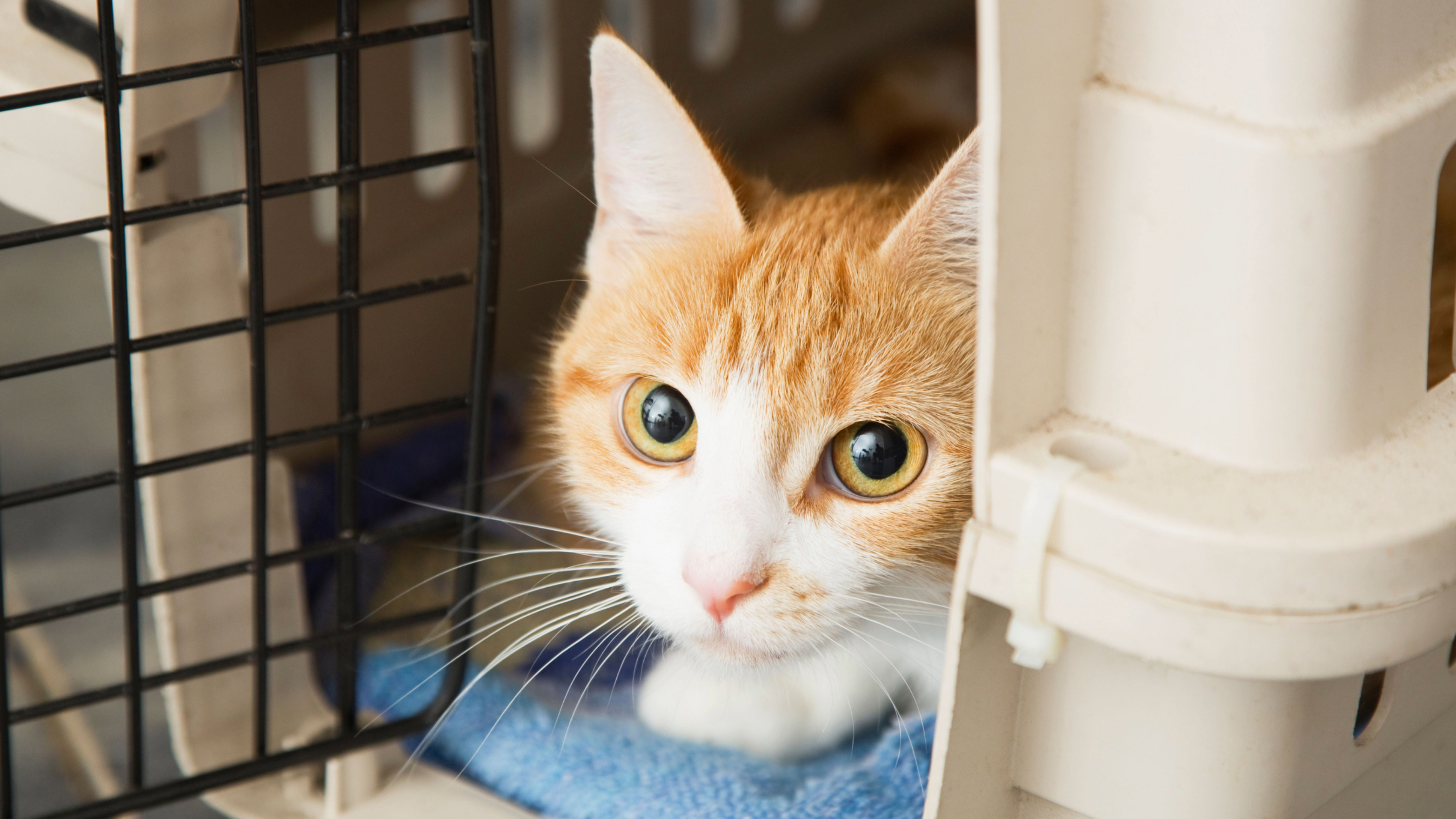
3. Carrier anxiety
If you've invested in one of the best cat carriers but find your kitty unwilling to get inside (or meowing excessively when they do), rest assured, you're not alone. Carrier anxiety is a real thing, but with time and patience, it can be overcome.
"Training is key here," says Dr. MacMillan. "The first thing is to get your cat comfortable with their carrier. This means always having the carrier out so that your cat is familiar and comfortable with it.
Many owners only bring the carrier out when the cat must go somewhere stressful like the vet or cattery. Leave the door open on the carrier and let your cat explore it at their leisure – some may even start to use it as a bed!
When traveling, consider covering the carrier with a blanket so that your cat is kept calm. You could also use pheromones spritzed onto the blanket or in their carrier for reassurance."
FELIWAY Classic Cat Calming Pheromone Diffuser 30 Day Starter Kit
Recommended by vets, FELIWAY mimics the natural feline facial pheromones to help reduce common signs of stress in cats.
4. Moving house
"Moving house is a big cause of stress for many cats," Dr. MacMillan points out. "Try and keep everything as familiar as possible for them in the new house by bringing all their normal toys, bedding, and litter trays with you. While it can be tempting to get some lovely new cat things for your new house, don’t do this just yet.
Your cat may want to hide away while they are building their confidence up, so allow them to do this. Your cat will come out when they are ready. Remember to keep your cat shut inside for at least three weeks after you move, so that they can first become familiar with the house before venturing out into the neighborhood."

5. New pet in the family
Wondering how to introduce a kitten to a cat? According to Dr. MacMillan introductions with any new pet, whether a kitten or an adult, need to be handled carefully.
"Wrong first impressions can cause long-term anxiety problems!," she says. "New cats should be kept in separate rooms, but exchange items of bedding so that they can get used to each other’s scent.
When first introduced make sure there is a barrier between them like a glass door or a baby gate. If this goes ok, they can start having short periods of closely supervised interaction, before allowing them to roam freely.
Reduce the risk of anxiety by making sure that there are enough resources in the house. Each cat should have one item, plus a spare (e.g. 2 cats means 3 litter trays). Similar steps can be taken with a new dog. Never rush things, some cats will take quite a long time to tolerate a newcomer in their home.
Remember to keep your cat well away from any small furry pets like hamsters, mice, or guinea pigs. These are prey animals, and even if your cat means them no harm, they can feel stressed when a predator is nearby."
This ultra-soft donut-shaped bed features a raised rim to help create a sense of safety and security. It's also machine washable and comes in a range of colors.
6. Loud noises
When it comes to ways to support a scared or anxious pet around loud noises, Dr. MacMillan says sound de-sensitization training should be done from an early age — although it's never too late to start!
"This involves playing recordings of scary sounds like fireworks or thunder at very low volume," she explains. "If your cat is comfortable with this then you can gradually increase the volume over a period of time. If at any point your cat becomes scared, then take a step back and dial the volume down a bit. You should start this as soon as possible, don’t leave it until the day before New Year's Eve!
During fireworks events keep your cat shut indoors (lock the kitty flap) and close the curtains. Provide them with hiding places and turn the radio on to mask some of the noise. You could try and keep them engaged with toys or puzzle toys, but some cats may prefer to be left alone."
Stress can mean that your kitty can go from ‘feline fine’ to a nervous wreck very quickly, so it’s important to spot potential stress factors and preempt them if you can. Always be calm and patient and allow yourself plenty of time. Behaviors such as hissing or hiding are normally caused by fear so give your cat plenty of space and don’t put any pressure on her.
A stress-free cat is a happy cat and that means a happier household, so it’s well worth putting in a little effort to address any problems.
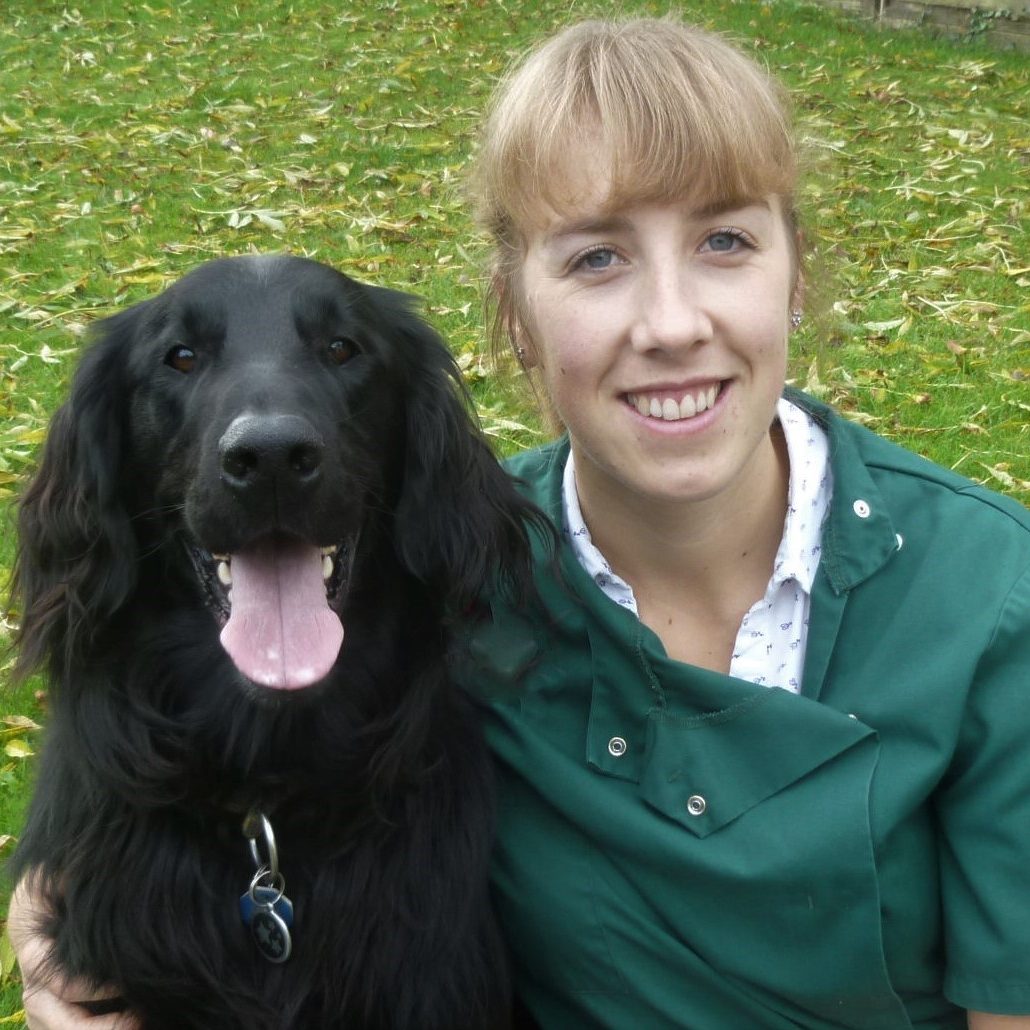
Rebecca is a vet surgeon who graduated from the Royal Veterinary College in 2009. She has a wealth of experience in first opinion small animal practice, having done a mixture of day-to-day routine work, on-call emergency duties and managerial roles over the years. She enjoys medicine in particular and she is proud to have recently achieved a BSAVA postgraduate certificate in small animal medicine (with commendation). She writes on various feline and canine topics, including behavior, nutrition, and health. Outside of work and writing she enjoys walking her own dog, spending time with her young family and baking!
PetsRadar Newsletter
Get the best advice, tips and top tech for your beloved Pets

Kathryn is a freelance writer who has been a member of the PetsRadar family since it launched in 2020. Highly experienced in her field, she's driven by a desire to provide pet parents with accurate, timely, and informative content that enables them to provide their fur friends with everything they need to thrive. Kathryn works closely with vets and trainers to ensure all articles offer the most up-to-date information across a range of pet-related fields, from insights into health and behavior issues to tips on products and training. When she’s not busy crafting the perfect sentence for her features, buying guides and news pieces, she can be found hanging out with her family (which includes one super sassy cat), drinking copious amounts of Jasmine tea and reading all the books.
